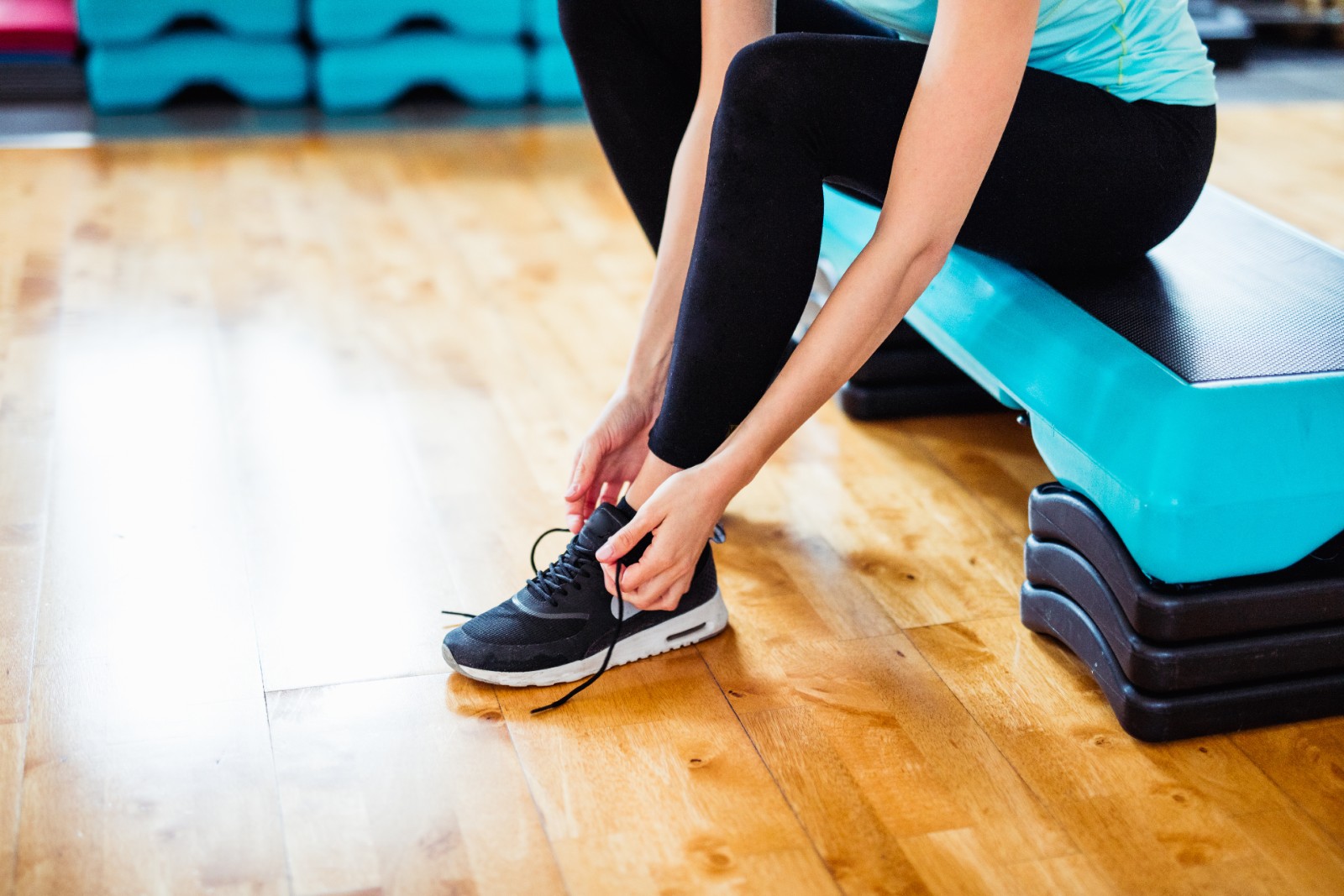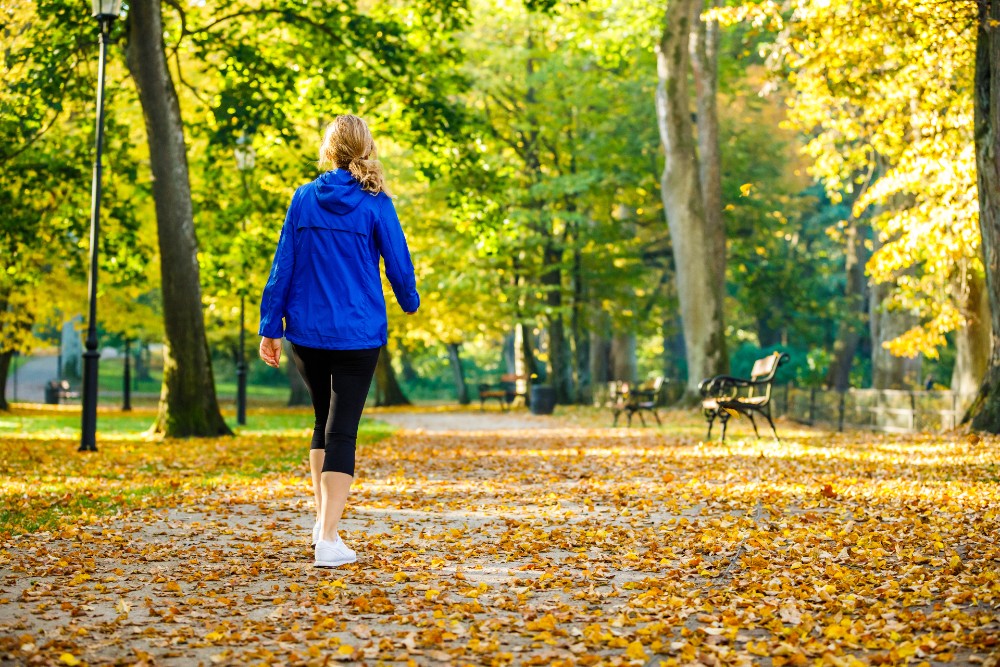Your Guide to Proper Women’s Foot Care
Our feet are the unsung heroes of our bodies. They carry us through each day, often in highly uncomfortable shoes along unsteady terrain. At the end of these long days, we rarely give them any TLC. But our feet can only go so many miles before they need attention. According to a survey conducted by the American Podiatric Medical Association, 75.6 percent of Americans in the last year experienced at least one foot ailment. Women tend to fare worse than men, as women are far more likely to wear uncomfortable or ill-fitting shoes.
Uncomfortable shoes aren’t the only culprit. Standing hours on end, not taking proper precautions with our nails and skin, and general apathy regarding foot health is keeping us in perpetual foot pain. But it doesn’t have to be this way. With a little intentionality, we can give our feet the care they deserve. Incorporate the helpful tips below to make foot care part of your daily routine.

1. Properly Fitting Shoes to Prevent Foot Pain
The most effective change we can make when it comes to foot care is to make sure we are wearing properly fitting shoes with adequate support. Shoes that are too tight or too big can easily lead to issues like blisters, ingrown toenails, or something even more severe like plantar fasciitis (inflammation from the heel to the ball of the foot) or hammertoe (contracted toes).
According to the American Orthopaedic Foot and Ankle Society, there are a few aspects to check for before purchasing new shoes.
- Don’t adhere to the “breaking them in” methodology; shoes should fit properly at the time of purchase.
- Shoes should have proper width; the ball of your foot should be able to fit comfortably in the widest part of your shoe.
- Make sure the toe box isn’t too small; you don’t want your toes rubbing up against the top of the shoe.
- There should be a ½ inch space between your longest toe and the end of the shoe.
As for wearing high heels, it is highly recommended to do so sparingly. High heels disrupt the natural position of the foot and can cause significant damage over time. However, if you insist on wearing heels, depend upon those with broad heels, giving your foot more surface area with which to connect to the ground.
If your shoes have begun to show signs of wear, it’s time to get rid of them. Shoes that have lost their support are no longer serving you and can cause greater (and more costly) issues down the road. When it comes to foot care, always begin with the shoes.
2. Exfoliating
When we wear ill-fitting shoes, we become prone to calluses or corns. The temptation here is to use extreme methods to remove them, but a gentler approach is best. Keeping a pumice stone in the shower and using it on your feet regularly is the most optimal way to care for the skin on and around your feet. Some of these calluses are useful and removing them too harshly can do more harm than good. If in doubt, schedule a consultation with a trusted podiatrist.
3. Moisturize
Our heels bear the brunt of our day-to-day activity and tend to dry out more frequently. Our heels also have thicker skin than the rest of the foot, meaning that when they do crack, it takes much more effort to smooth them out. Prevent this from happening by moisturizing daily. The best time to moisturize is right after the shower and right before bed. Avoid doing this before putting your feet into constricting shoes; moisturized feet need room to breathe so that they don’t develop fungal infections. Another good tip—if you plan on wearing sandals or going barefoot, don’t forget to apply sunscreen! People often forget their feet, but the skin on the feet is just as prone to sun damage as anywhere else on the body.
4. Avoid Fungal Infections
Keep an eye out for any developing fungal infections in the feet. These are typically spotted in or around the nail beds. For women especially, this means allowing your nails time to breathe—or time away from the nail polish. This gives them space to air out any lingering chemical residues without the added layer. It’s also important to make sure any utensils used for pedicures or nail care are properly cleaned and never shared.

Caring for Your Feet
Our feet do their best to take care of us through the years, but they are merely extensions of the rest of our bodies. As we age, our feet will too. Young people especially tend to trade comfort for style, and while they can probably get away with it for a while, eventually foot problems will catch up. It’s important to care for our feet now before issues become greater or less manageable in the future. We often don’t realize how much we rely on our feet until we no longer can.
If you have any concerns or lingering foot pain, schedule a consultation with an expert podiatrist. Our dedicated team wants to help you get to the bottom of your foot pain. Schedule a consultation today and we’ll get you back on your feet.
